Contents
- 1. Warm Up to Lift Big
- 2. Nail the Big Three: Squat, Bench, and Deadlift
- 3. Build Without Burning Out
- 4. Periodize Like a Pro: Plan to Progress
- 5. Recovery = Training: Sleep, Nutrition, and Active Rest
- 6. Stay on Track with Real-Time AI Chat Support
- 7. Mind Over Muscles: Stress Management and Goal Setting
- The Real Flex? Showing Up Anyway
You’ve been showing up. Hitting the reps and following the plan. And still, progress stalls. Maybe your lifts plateau. Or your motivation wavers. Maybe you’re doing everything “right,” but something’s missing.
Truth is, even the most consistent athletes run into friction. Sometimes it’s poor recovery, insufficient fuelling, a training split that’s gone stale, or just life outside the gym getting in the way. The difference between spinning your wheels and pushing through? Smart adjustments can build the ability to stay mentally ready and physically aligned, day in, day out.
This guide walks you through seven proven strategies that can reboot your training, strengthen your recovery, and optimize your results. And because life doesn’t always run on gym hours, we’ll also show how Coach Panda, a free AI chatbot can help you stay on track, tweak routines, and stay accountable. Yes, even when things get really tough.
Let’s get into it.
1. Warm Up to Lift Big
Many warm up by jogging for five minutes or swinging their arms in circles. However, a proper warm-up should prepare the joints you’re about to load and activate the muscles that matter.
Instead of long static stretches, which studies show can reduce power output if done before lifting, focus on dynamic, joint-specific mobility.
Try this pre-squat warm-up:
- Ankle rocks (10 reps each side)
- Hip 90/90 rotations (10 reps total)
- World’s Greatest Stretch (6 reps each side)
- T-Spine openers (8 reps)
- Glute bridges (15 reps)
- Bodyweight squats with pause (10 reps)
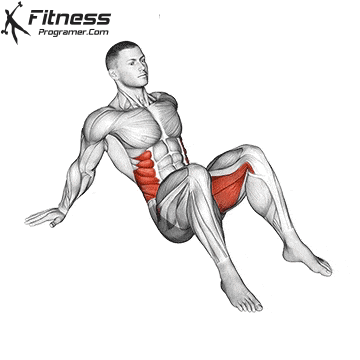
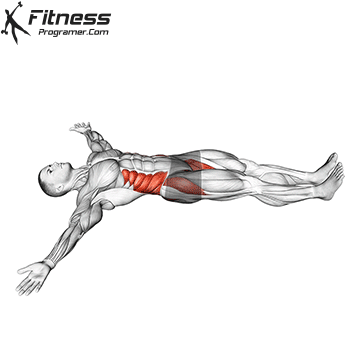
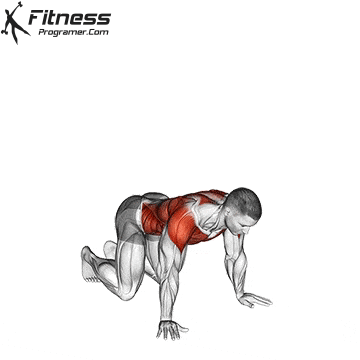
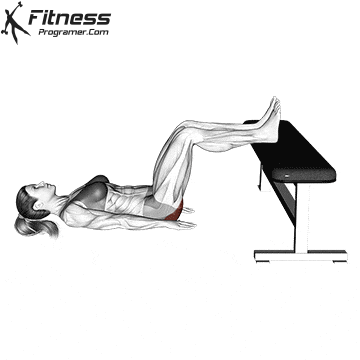
Coach Panda’s tip: Prioritize control and breath during these moves, not speed.
2. Nail the Big Three: Squat, Bench, and Deadlift
These three lifts build strength, coordination, and overall muscle mass. But if your form isn’t dialed in, you’ll plateau fast, or worse, get injured.
Key cues to revisit:
- Squat: Root feet, brace the core, and keep the knees tracking over the toes
- Bench: Retract the scapulae, use leg drive, and control the bar path
- Deadlift: Pack the lats, hinge, not squat. Lock out with glutes, not your back
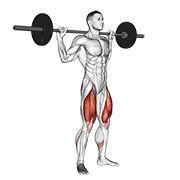

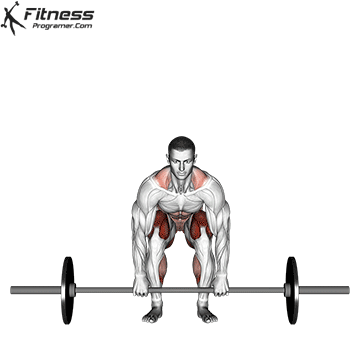
Coach Panda’s form-check tip: Film yourself from the side and 45° angle once a week. Small tweaks can unlock big gains.
3. Build Without Burning Out
If your body isn’t challenged, it won’t adapt. But too much, too fast, and you’re one strain away from a deload week you didn’t choose.
The key: Progressive overload that adapts to how you actually feel: A 2018 study suggests that RPE-based training (rating perceived exertion) allows lifters to autoregulate and increase strength while minimizing burnout.
Try this 4-week progression for any main lift:
| Week | Sets × Reps | Intensity (RIR) | Notes |
|---|---|---|---|
| 1 | 3×10 | 3 | Light volume to dial form |
| 2 | 4×8 | 2 | Moderate challenge |
| 3 | 5×6 | 1 | Push load, stay technical |
| 4 | 3×5 | 2 | Reduce volume slightly |
Coach Panda’s Pro tip: RIR = “reps in reserve.” A set at RIR 2 means you could do 2 more reps before failure.
4. Periodize Like a Pro: Plan to Progress
Periodization helps you train hard without burning out. It gives your body time to adapt, your nervous system time to recover, and your goals a clear structure.
There are two common approaches:
- Block periodization: Focus on one goal (e.g., hypertrophy) for several weeks before shifting
- Undulating periodization: Vary reps/intensity across the week to stimulate adaptation without overuse
Example 12-week strength block:
- Weeks 1–4: Hypertrophy (8–12 reps, moderate load)
- Weeks 5–8: Strength (4–6 reps, heavier load)
- Weeks 9–12: Power (2–4 reps, explosive tempo)
Coach Panda’s tip: Make it your own. Pick the method that suits your lifestyle and energy levels—consistency matters more than complexity.
5. Recovery = Training: Sleep, Nutrition, and Active Rest
You sweat in the gym but you don’t grow in the gym. You grow when you recover well and with intention.
One of the most overlooked aspects of performance is sleep. Even one night of poor sleep can blunt testosterone response and slow down muscle-protein synthesis.
A 2005 foundational review highlighted how hormonal recovery from training hinges on sleep, nutrition, and CNS management.
Recovery priorities:
- Aim for 7–9 hours of quality sleep per night. Sleep, not doom scrolling, watching Netflix or bed rotting.
- Refuel with 2:1 carbs-to-protein within 90 minutes post-lift
- Use off days for mobility flows, walking, or light swimming, not just online distractions.
Coach Panda’s Pro tip: Schedule recovery like a workout. Set it up as a routine. No exceptions.
6. Stay on Track with Real-Time AI Chat Support
Now you’ve set your goals and you’ve got your plan. But life happens. Travel, stress, relationship issues, bad sleep, or just a day where you don’t feel like training.
That’s where AI chat support comes in.
Unlike regular habit trackers, specialized AI chatbots for mental health actually talk back. You can ask for routine tweaks, vent about a tough day, or get a motivational nudge when energy dips.
Coach Panda, the friendly in-app guide, tracks your trends and even adjusts to your stress or sleep levels. Whether you’re crushing workouts or hitting a rough patch, it keeps you engaged. No judgment, just real support 24/7.
Coach Panda’s bottom line: Progress is never linear. But the way you manage the dips defines the peaks.
7. Mind Over Muscles: Stress Management and Goal Setting
Lifting through stress without addressing it can backfire. Elevated cortisol from life stress adds to your training load. Remember that your body doesn’t differentiate.
Cortisol spikes can:
- Disrupt recovery
- Impair muscle growth
- Affect sleep and mood
This is why goal setting + stress management is a crucial pillar of real progress. You may have heard of the SMART model for goal setting. There’s an even smarter way.
Try the SMART-ER model:
- Specific
- Measurable
- Achievable
- Relevant
- Time-bound
- Evaluate & Reflect
Coach Panda’s mental reset drill: Before every session, take 60 seconds to ask: “Why am I training today?” Set an intention. Then lift.
The Real Flex? Showing Up Anyway
Some days you probably crush it. You nail the tempo, your core is tight, your head’s in the game. But other days? You scroll too long, forget to log your sets, and wonder if eating cereal at 10 p.m. counts as “refueling.”
If you’re nodding now, relax. It’s ok.
What separates the lifters who keep progressing from the ones who ghost their own goals is self-awareness. Not the perfect macros or perfect splits. If your recovery matches your effort and if you know when to push and when to pause, you win.
And sometimes, it’s having a sidekick in your pocket, like Coach Panda, to say: “Hey, buddy, you’re in the messy middle. Let’s get you back on track, adjust and keep going.”
Your body adapts to movement and your mind adapts to consistency.
So train smart and show up anyway. That’s the real flex.



